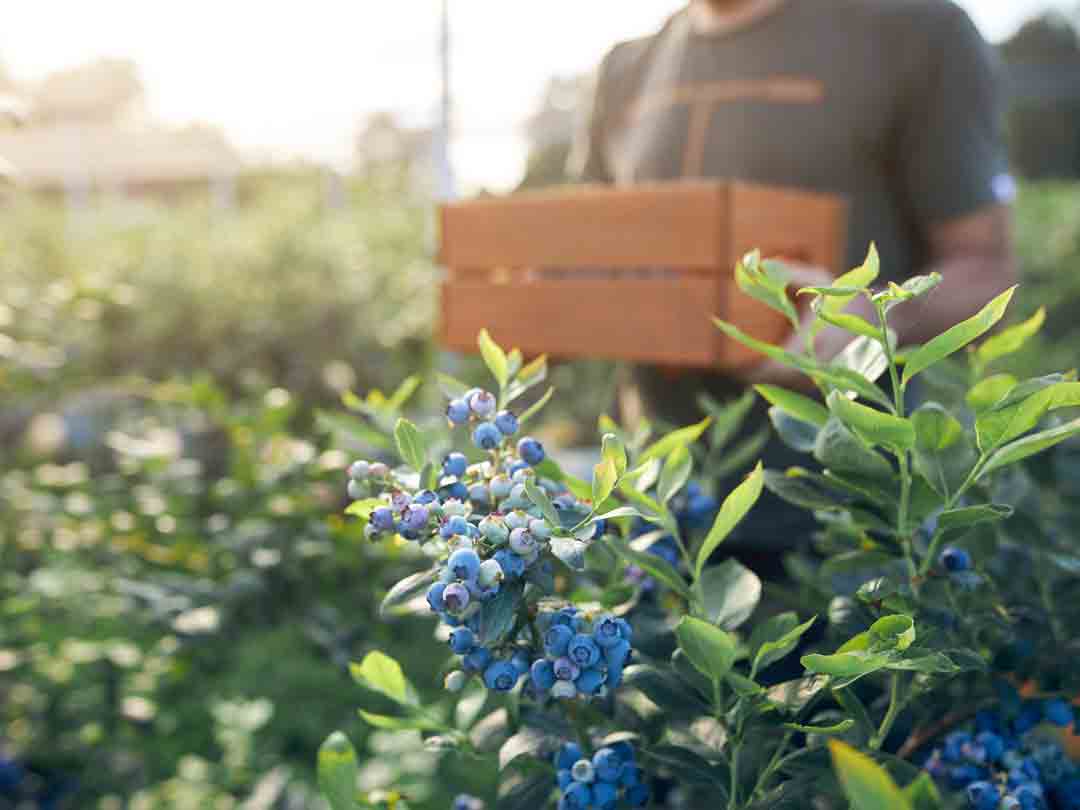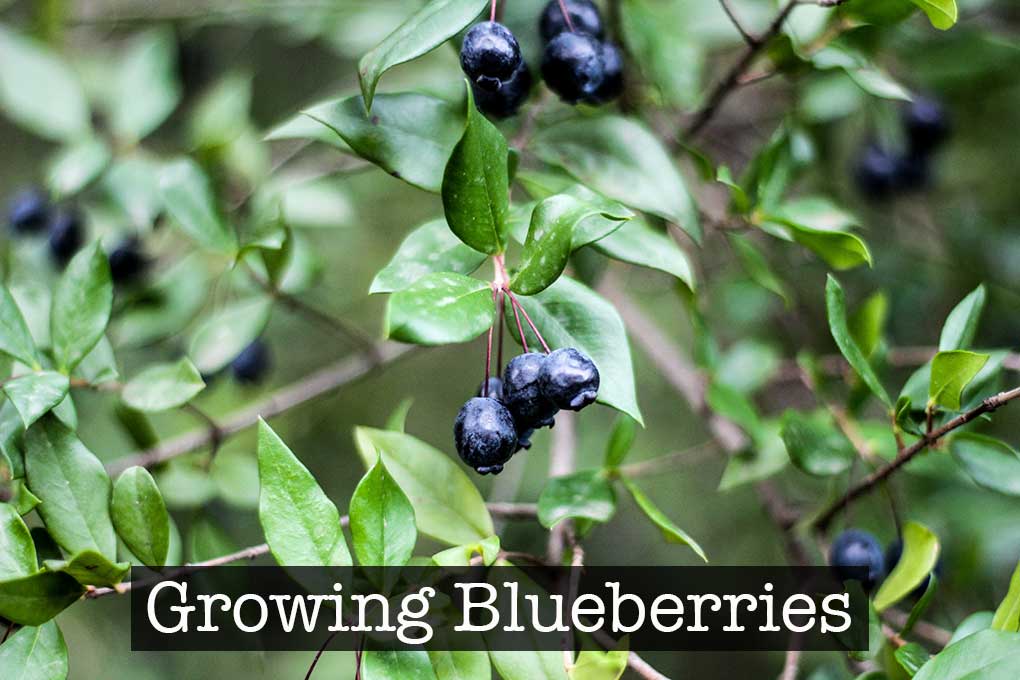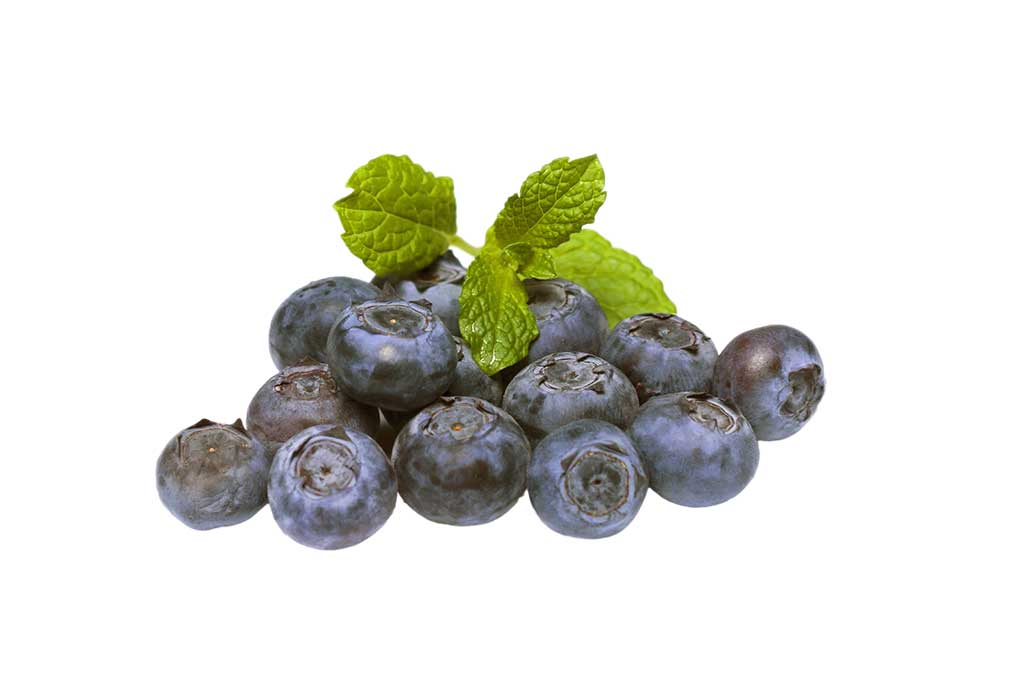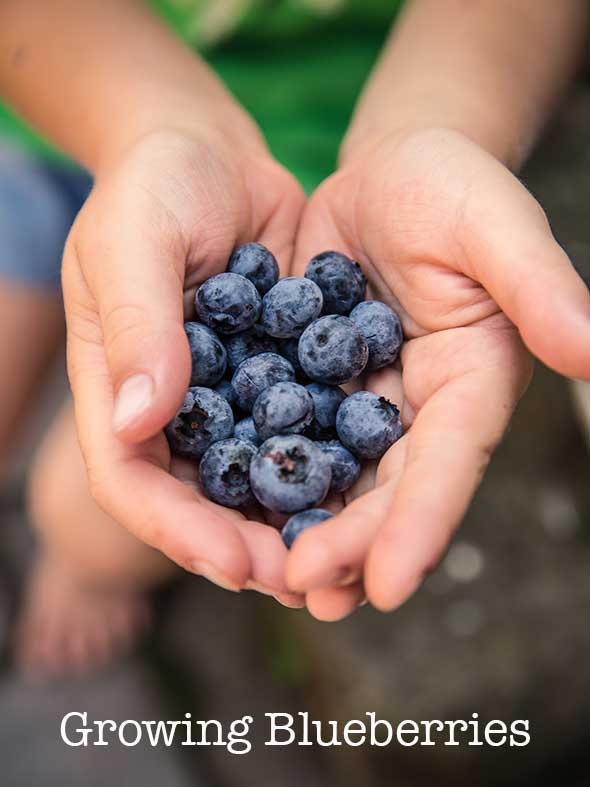Not Native to Utah
Growing Blueberries In Utah can be difficult and I probably don't recommend it. U.S. consumers have become increasingly interested in blueberries. Part of this is due to the exceptional flavor and versatility of the berries, while some of the interest can be attributed to recent discoveries regarding the health benefits of this "super food." In response to this increased demand, more chain stores are now selling blueberry plants to intrepid and / or gullible Utah gardeners. Here we describe the difficulties you will encounter in home blueberry production.
Growing Blueberries in Utah
Background
Commercially harvested blueberry fruit comes from one of several different blueberry species, including lowbush, highbush, and rabbiteye. The lowbush or wild blueberry is native to the northeastern U.S. and eastern Canadian provinces. The highbush blueberry originated in the coastal forest of eastern North America and was first domesticated in the Pine barrens of New Jersey. The rabbiteye blueberry is native to coastal regions of the southeastern U.S. including Florida, Georgia and the Carolinas. All of these forested coastal regions have sandy soils with high organic matter content, a low pH and high annual rainfall. As one might expect, blueberries are uniquely adapted to this environment. Specifically, the root system is broad, shallow and fibrous, and requires soil that has an acidic pH, that is coarse textured, well drained, and has high organic matter content.
Soil pH
Soil acidity / alkalinity is measured in units of pH, where the lower the pH the more acidic the soil, with a pH of 7 being neutral. Blueberries prefer a soil pH of 4.5 and will tolerate pH levels as high as 5.5. The pH of typical garden soils in Utah is above 7.5. The pH scale is an exponential measurement of the amount of acidic cations (positively charged ions) in the solution, so a pH difference of 1 unit equates to a 10-fold difference in acidic cation concentration. In other words, blueberries require an acidic cation concentration 1000 times higher than typically found in Utah soils. Soil pH determines the relative availability of essential elements. When the pH becomes either too high or too low, the plant usually shows nutrient deficiencies. Growing Blueberries In Utah's high pH soils, this is commonly seen as iron chlorosis or zinc deficiency.
Soil Acidification
In some cases, soil pH can be lowered by the addition of acids or materials such as sulfur that form acids in the soil. However, many Utah soils are "buffered" at higher pH by the presence of carbonates, bicarbonates, and cations such as calcium and magnesium. These soil buffers would need to be saturated by the addition of acid before the soil pH will begin to decrease. The observed consequence of this buffering capacity is that large amounts of acid must be added before the soil pH changes appreciably.
Typical growing Blueberries In Utah soils contain lime (calcium carbonate) ranging from 1 percent to greater than 20 percent of the soil weight. One percent lime is equivalent to one pound of lime per square foot, and would require nearly a pound of sulfuric acid, or 4.7 ounces of elemental sulfur per square foot, just to neutralize the lime. In the case of soils with 20 percent lime content, 20 times that amount (5.9 pounds of elemental sulfur per square foot) would be required to neutralize the soil's buffering capacity. Once this buffering capacity has been satisfied, additional acid is required to lower the pH. The amount of acid required is dependent upon soil type and texture. A routine soil test, along with a test fore percent lime, will provide the information needed to determine the potential for pH adjustment in your soil. Acidifying soils may create additional problems, When soil pH is adjusted, some minerals in the soil become more soluble, and thus more available to the plant, In the case of aluminum and manganese, this increased solubility may result in plant toxicity.
Soil Texture
The fine fibrous root system of blueberry plants requires a coarse-textured soil. Blueberry root growth in acidified soils is often restricted by fine-textured soils (clay). The pH, nutrient availability, and physical properties (texture) of the soil environment can be improved using organic amendments. Interestingly, in some commercial plantings, repeated side-dress applications of organic amendments, such as wood chips, results in a mount of decomposing organic matter that essentially replaces the existing soil as a substrate for root growth.
Soil Replacement
Growing Blueberries In Utah with the difficulty of soil acidification, it might be easier and more cost effective to substitute the existing soil with a media that has the texture, organic matter content, and soil pH suitable for blueberry root growth, This can be accomplished by establishing windrows of organic matter, or by planting in pots containing a suitable potting medium. However, growing blueberries in a soil substitute is not without difficulties. First, the broad shallow root system is not well suited to restricted root volumes such as in pots. Further, toot zone temperatures in containers and raised beds will often exceed that which is optimal for blueberry roots. For growing in pots, use a 5 to gallon pot that is wider than it is tall, and that is either light colored, or protected from direct sunlight. Finally, like the soils, Utah water is also alkaline and is buffered by the presence of dissolved carbonates, In order tor the soil substitute to remain favorable environment for root growth, irrigation water may also need to be acidified.
Water Acidification
Alkaline irrigation water can be neutralized or acidifies for the maintenance of pH when growing blueberries in acidic soil material or growing media (peat, potting mixes, etc.). This is done by mixing acid (usually sulfuric acid) directly with water in appropriate amounts, or by oxidizing (burning) elemental sulfur in the presence of water to form sulfuric acid which is then mixed with irrigation water (known as the sulfur burner process). Homeowner-scale sulfur burners are not available, so the process is generally restricted to commercial production.
Handling concentrated acid solution is a difficult and potentially hazardous procedure and should only be undertaken with the utmost care and according to the safety precautions outlined by the manufacturer of the acid product. Always use rubber gloves and eye protection when handling acid. When mixing acid and water, ALWAYS ad acid to water, NEVER add water to acid as this can be a violent, volatile reaction!
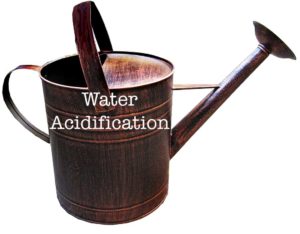
Typical water sources in Utah contain form 60 to 1200mg/L (or ppm) dissolved carbonate and bicarbonate which buffers pH between 7 and 8. Neutralizing the alkalinity of the water and reducing the pH to about 5 (optimal for blueberries) requires from 160 to 3,175 pounds of sulfuric acid per acre foot of water. This is about 16 to 355 gallons of fertilizer-grade (62%) sulfuric acid (or 10 to 220 gallons of concentrated (98%) sulfuric acid) per acre foot of water treated. For the home garden, this would be equivalent to 0.5 to 8 teaspoons of fertilizer grade sulfuric acid per 100 gallons of water. The water will need to be treated each time the blueberry plants are irrigated. The amount added is critical, as too much acid will lower the pH below 4.0 and can damage the blueberry plants. It should also be noted that for secondary irrigation water sources, the carbonate and bicarbonate content varies over the course of the season. Therefore, the amount of acid required to treat your irrigation water will vary somewhat from spring to fall. For best results, you may need to invest in a test kit or pH meter to measure water pH, then monitor your treated irrigation water and periodically adjust the amount of acid added.
Helpful video on simple inexpensive way to acidify your water.
Varieties
In addition to the lowbush, northern highbush and rabbiteye types mentioned previously, additional blueberry types have been created through plant breeding. The southern highbush results from crosses between northern highbush and rabbiteye. The half-high varieties are the result of crosses between northern highbush and lowbush types. These general types differ in plant size, fruit ripening time, and most importantly in cold hardiness. For colder parts of the state, the half-high and northern highbush types wold be best adapted. For the Dixie area, souther highbush and rabbiteye would be best adapted.
Where to get Blueberry bushes Fall Creek Nursery https://www.fallcreeknursery.com/commercial-fruit-growers/varieties
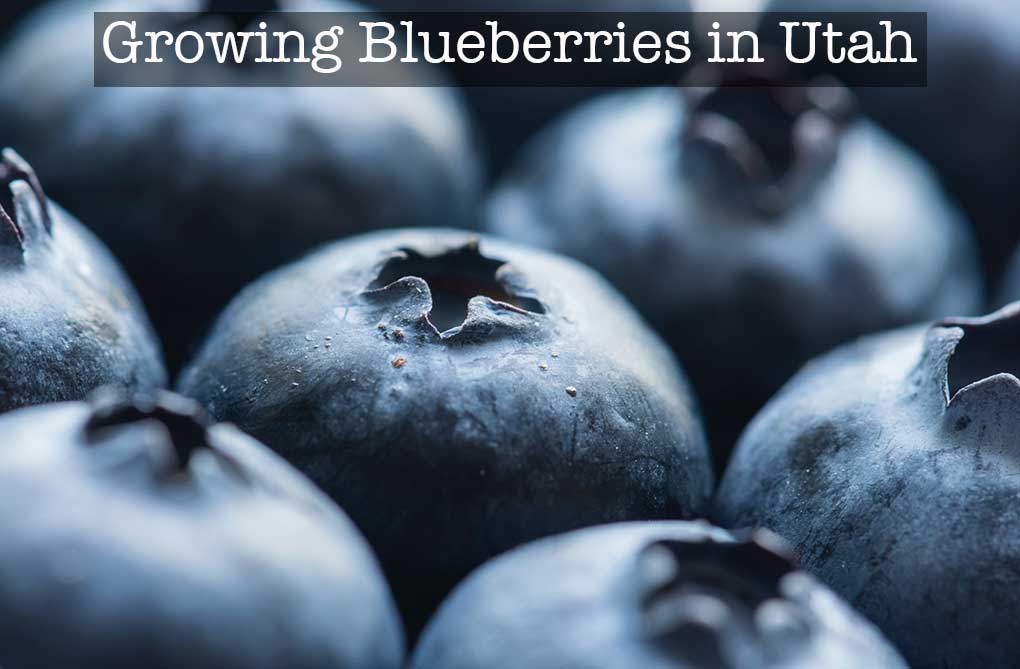
Growing Blueberries
During the first growing season, do not allow the blueberry plants to produce fruit as this will slow establishment. To prevent fruiting, pick off the flower clusters as they emerge in the spring.
Once established and fruiting, blueberry plants will need to be pruned to maintain productivity. Each spring as the buds begin to swell, prune out low growing shoots around the base, and any dead wood, or small non-vigorous shoots. Select for vigorous (larger) shoots with lateral branches and bright colored bark. After removing the small twigs and basal growth, additional renewal pruning may be required to thin out remaining canes and make room for the establishment of new more productive canes. The degree of renewal pruning required will depend on the health and vigor of the plant. Where plants are extremely vigorous, approximately 1/3 of the wood should be removed annually. Typically this would entail removing two or three of the largest oldest canes. With less vigorous varieties or on less vigorous sites approximately 1/5 to 1/6 of the wood (one or two of the oldest canes) will need to be removed annually.
